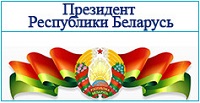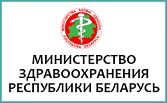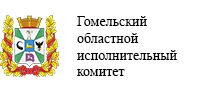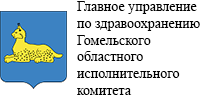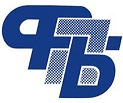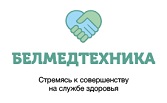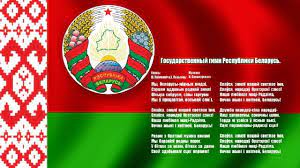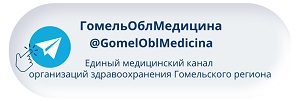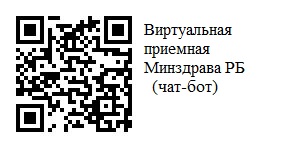CT scan
Computer tomography (CT) is a diagnostic method based on the use of X-rays. A narrow beam of X-rays penetrates into the human body without damaging the tissues and layer-by-layer scans one area or another. The thickness of such "slices" is only 1 mm, which allows to identify tumors and tissue changes that are invisible in other methods of investigation. Modern computer tomography allows you to receive several layered images at once with high spatial resolution in a short period of time. The CT scan takes only a few minutes. During the CT scan, the patient is exposed to radiation. This is the reason that the need for each survey should be strictly justified. However, the dose of irradiation that the patient receives for the study,
CT is indispensable for obtaining accurate and detailed information about the oncological process in the initial stages, before the anatomical and structural changes in the tissues. This is one of the universal and effective means of visualization of tumors, allowing to assess the operability of the tumor, to determine its exact localization, the spread of metastases. This is the leading method of diagnosing diseases of the spine, bones of the skeleton, lungs and mediastinum, liver, kidneys, pancreas, adrenals, brain. This method can be used both to refine the already established diagnosis, and as a method of primary diagnosis.
Possibilities of computed tomography in GKODC
In our institution there is a 16-spiral computer tomograph Aquilion LB (Toshiba), which, unlike the other tomographs, has a large gantry aperture (90 cm), which allows for special topometric examinations for patients in preparation for radiation therapy and diagnostic studies.
Modern software extends the physician's capabilities in analyzing both flattened planar images and volumetric reconstructed images of internal organs, vessels, bones in various planes, and create virtual models with the possibility of intracavitary examination (bronchoscopy, iriscopy).
The computer tomograph has an automatic bolus injector with a programmable rate of contrast preparation, for angiographic studies (multispiral computed tomography angiography - MSCTA). This provides additional information not only about the state of organs and tissues in the zone of interest, but also about the vessels, their patency, developmental abnormalities, pathological vascular networks. A significant difference from conventional angiographic studies is the introduction of a contrast agent into the ulnar vein without catheterization of large vessels, which greatly simplifies the procedure and reduces the risk of complications after manipulation.
CT scan
- Clear images of different tissues;
- Simultaneous image of bones, vessels and soft tissues;
- The possibility of conducting research with an implanted pacemaker;
- Absence of side effects of X-ray irradiation;
- The possibility of performing any type of study for patients with obesity (up to 150 kg);
- Low sensitivity to patient mobility.
Computer tomography is the standard diagnostic method for diseases:
- The brain (acute and chronic disorders of cerebral circulation, craniocerebral trauma, tumors);
- Spine (trauma, tumor, inflammatory and degenerative-dystrophic changes, hernia and protrusion of intervertebral discs, postoperative changes);
- Joints and bones (tumors, inflammation, trauma, degenerative changes);
- Paranasal sinuses (diagnosis of inflammatory, postoperative, traumatic changes, cysts and sinus tumors, congenital and acquired anomalies, etc.);
- Orbits, pyramids of temporal bones, middle ear structures, temporomandibular joints, soft tissues and neck organs (tumors, inflammatory changes, traumas);
- Chest organs (diseases of the lungs, mediastinum);
- Abdominal cavity organs and retroperitoneal space (diseases of the liver, kidneys, gallbladder, adrenal glands, pancreas, spleen, lymph nodes, large vessels);
- Small pelvis organs (tumors, vascular diseases, trauma, pathology of lymph nodes).
Information for patients
Preparation
When assigning the test, your doctor will agree in advance on its date and time, will give you the necessary recommendations for preparation for diagnosis. CT of the abdominal cavity is often done with contrasting intestinal loops, so before you need to drink a liquid with a contrast agent dissolved in it. Contrast preparations for CT are iodine compounds, which are administered intravenously with an automatic syringe. If you have an allergy or intolerance to iodine medications, be sure to tell your doctor. Because of the possible allergic action of the drug, each administration should be justified. If necessary, antiallergic measures are performed before the contrast agent is administered.
How is the examination conducted
The examination does not take much time. You need to come to the office a little earlier than the appointed time. The study is performed in the prone position on a special tomograph table that will move relative to the scanner frame, called gantry. Unlike a magnetic resonance tomograph, the computer tomograph's gantry hole is wide, there is enough free space around. The occurrence of claustrophobia in the CT scan on a tomograph with a large gantry aperture is absent. After the end of the study, the results obtained are analyzed by an x-ray physician. This takes a certain time, so the results of the study and the protocol of description will be passed on to your doctor. In case of emergency medical indications and in consultation with a doctor, results can be obtained within 1 hour after the examination. Original images are copied to your CD-R drive. In the offices of MSCT and MRI are doctors of the first and highest qualification category who have been trained in the MNIOR them. AP Herzen, in St. Petersburg State University, in Bristol General Hospital (England).
Our modern equipment allows you to quickly and accurately diagnose. Our staff is highly qualified specialists with extensive experience in the field of disease diagnosis.

